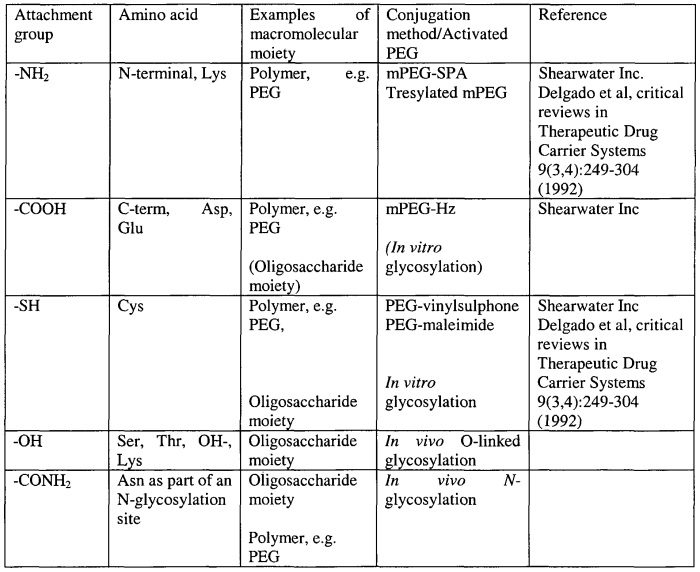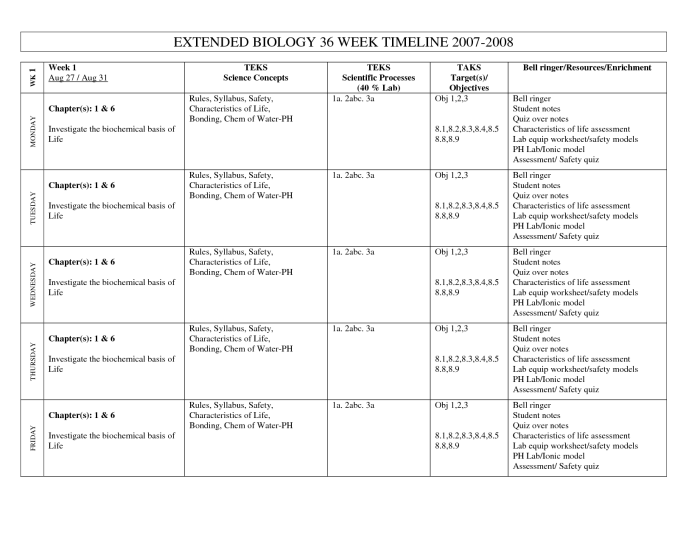macromolecules graphic organizer answer key pdf opens the door to a world of knowledge about macromolecules, providing a structured framework for understanding the intricacies of these complex biological molecules. This guide unveils the significance of macromolecules in living organisms and offers a detailed exploration of their structure and function.
Delving deeper, we examine the four primary types of macromolecules—carbohydrates, proteins, lipids, and nucleic acids—unraveling their unique structures and roles within cells. Through a comprehensive analysis of a sample graphic organizer answer key, we gain insights into the organization and layout of this valuable learning tool.
Macromolecules Graphic Organizer Answer Key PDF

Introduction
Macromolecules are large, complex molecules that are essential for life. They perform a wide range of functions, including providing energy, building and repairing tissues, and regulating chemical reactions. A graphic organizer answer key for macromolecules is a valuable tool for students learning about these important molecules.
It provides a structured framework for organizing and understanding the different types of macromolecules, their structures, and their functions.
Types of Macromolecules
There are four main types of macromolecules: carbohydrates, proteins, lipids, and nucleic acids.
- Carbohydrates: Carbohydrates are the body’s main source of energy. They are composed of carbon, hydrogen, and oxygen atoms, and they can be classified as either simple or complex. Simple carbohydrates, such as glucose and fructose, are made up of one or two sugar molecules.
Complex carbohydrates, such as starch and cellulose, are made up of many sugar molecules linked together.
- Proteins: Proteins are essential for building and repairing tissues. They are composed of amino acids, which are linked together by peptide bonds. Proteins can be classified based on their structure and function. For example, structural proteins provide support and protection, while enzymes catalyze chemical reactions.
- Lipids: Lipids are a diverse group of molecules that include fats, oils, and waxes. They are composed of carbon, hydrogen, and oxygen atoms, and they are insoluble in water. Lipids are used for energy storage, insulation, and waterproofing.
- Nucleic acids: Nucleic acids store and transmit genetic information. They are composed of nucleotides, which are linked together by phosphodiester bonds. The two main types of nucleic acids are DNA and RNA.
Structure of a Graphic Organizer Answer Key
A graphic organizer answer key for macromolecules typically includes the following sections:
- Introduction:This section provides a brief overview of macromolecules and their importance.
- Types of Macromolecules:This section lists the four main types of macromolecules and provides a brief description of each type.
- Structure and Function of Macromolecules:This section provides a more detailed description of the structure and function of each type of macromolecule.
- Graphic Organizer:This section provides a graphic organizer that students can use to organize their knowledge of macromolecules. The graphic organizer may include sections for each type of macromolecule, as well as sections for their structure, function, and examples.
- Answer Key:This section provides the answers to the questions in the graphic organizer.
Using the Graphic Organizer Answer Key
A graphic organizer answer key for macromolecules can be a valuable tool for students learning about these important molecules. It can help students to:
- Organize their knowledge:The graphic organizer provides a structured framework for organizing and understanding the different types of macromolecules, their structures, and their functions.
- Understand the relationships between different types of macromolecules:The graphic organizer shows how the different types of macromolecules are related to each other. For example, it shows how carbohydrates are used for energy, proteins are used for building and repairing tissues, and lipids are used for energy storage.
- Prepare for tests:The graphic organizer answer key can be used to help students prepare for tests on macromolecules. It can help students to review the different types of macromolecules, their structures, and their functions.
Additional Resources, Macromolecules graphic organizer answer key pdf
- Khan Academy: Macromolecules
- BioInteractive: Macromolecules and Their Functions
- PBS LearningMedia: Macromolecules
FAQ Overview
What is the purpose of a macromolecules graphic organizer answer key?
A macromolecules graphic organizer answer key provides a structured and organized framework for understanding the different types of macromolecules, their structures, and their functions.
How can I use a graphic organizer to learn about macromolecules?
Using a graphic organizer to learn about macromolecules can help you visualize the relationships between different types of macromolecules and their functions. It can also help you identify the key characteristics of each type of macromolecule.
What are the benefits of using a graphic organizer answer key?
Using a graphic organizer answer key can help you check your understanding of macromolecules and identify areas where you need further study. It can also help you retain information more effectively.
